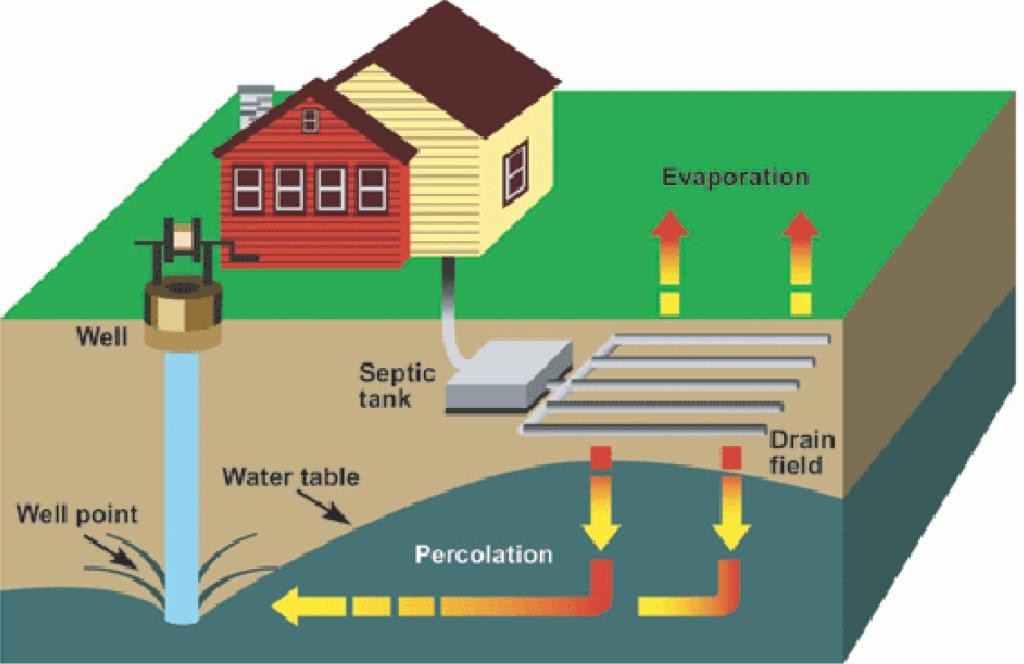This is adapted from a presentation by Bill Irvine, Fossil Water, Calgary, at the June 8 workshop on Wicked Problems in Natural Resources and Land-use.
Each speaker on the panel for the session on Rural Subdivision Wastewater Treatment as a Wicked Problem was asked to address:
- What we know
- What we don’t know
- What we need to make better decisions
Here is Bill Irvine’s summary:
What We Know
Key Trade-offs:
- Country residential wastewater – septic
- Transition to Rural Subdivision requires transition (cost) for existing acreages
-
Tradeoff between environmental performance and cost
- On-Site Treatment Options
- Pipeline Conveyance
Future Trends:
- Distributed, decentralized treatment
-
Technology
- Packaged plants: but beware of long-term Operations and Maintenance implications
- Conveyance: pipe costs are big % of total
Hamlet of Bragg Creek as an Example of Wastewater Treatment Problems
-
Can Rural Subdivision Septic Fields Pollute Well Water?
- Bragg Creek acreages have a shallow gravel aquifer fed by Elbow River (alluvial aquifer). Most acreages have a water well within a few meters of their septic field or their neighbours'. Septic fields were installed over the alluvial aquifer. About 40% of wells were estimated to be contaminated by septic effluent.
-
Engineering solution is a water treatment plant and a wastewater treatment plant. Total investment is $10.3 million for Phase One of four phases for up to 450 residences and commercial equivalents already in the area. There are over 1000 residents in the Hamlet of Bragg Creek. The project is under the management of Rocky View County.
- Water treatment is an advanced modular and expandable technology including ultrafiltration (UF) membranes and ultraviolet (UV) light disinfection. The system also includes the statutory requirement for chlorine (sodium hypochlorite) for disinfection in the storage tank and any distribution piping.
- The wastewater treatment plant has an advanced treatment technology, including ultrafiltration (UF) membranes bioreactors and ultraviolet (UV) light disinfection. The treated wastewater is returned to the Elbow River upstream of the water treatment plant via a river diffuser.
-
Project Highlights:
- First self-contained water-wastewater system in North America - treated effluent is discharged upstream of drinking water intake
- Use of membrane technology places two physical barriers between effluent and drinking water supply
- First Nations supportive of project
- Relaxation of setback distance from wastewater plant
- Elbow River Watershed Partnership supportive of project
Construction on the water treatment plan is complete and it has been commissioned. It is expected the wastewater plant will be complete by year end, 2011.






